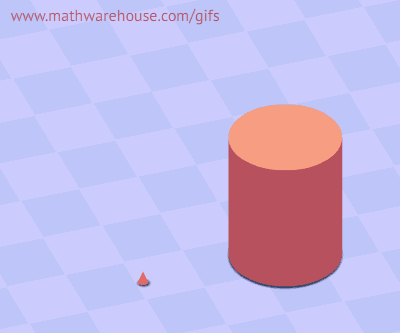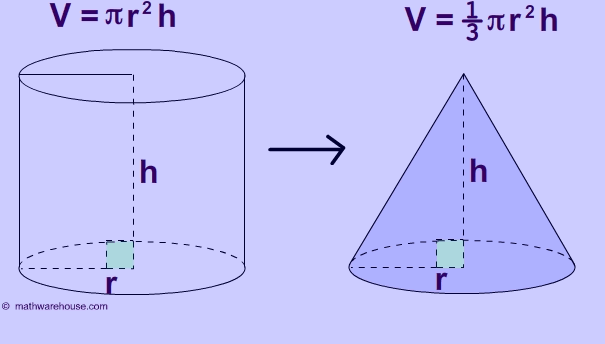What Are Conjunctions?
Conjunctions are words that link other words, phrases, or clauses together.
I like cooking and eating, but I don’t like washing dishes afterward. Sophie is clearly exhausted, yet she insists on dancing till dawn.
Conjunctions allow you to form complex, elegant sentences and avoid the choppiness of multiple short sentences. Make sure that the phrases joined by conjunctions are parallel (share the same structure.
I work quickly and am careful.
I work quickly and carefully.
Here’s a tip: Grammarly runs on powerful algorithms developed by the world’s leading linguists, and it can save you from misspellings, hundreds of types of grammatical and punctuation mistakes, and words that are spelled right but used in the wrong context. Learn More
Coordinating Conjunctions
Coordinating conjunctions allow you to join words, phrases, and clauses of equal grammatical rank in a sentence. The most common coordinating conjunctions are for, and, nor, but, or, yet, and so; you can remember them by using the mnemonic device FANBOYS.
I’d like pizza or a salad for lunch. We needed a place to concentrate, so we packed up our things and went to the library. Jesse didn’t have much money, but she got by.
Notice the use of the comma when a coordinating conjunction is joining two independent clauses.
Correlative Conjunctions
Correlative conjunctions are pairs of conjunctions that work together. Some examples are either/or, neither/nor, and not only/but also.
Not only am I finished studying for English, but I’m also finished writing my history essay. I am finished with both my English essay and my history essay.
Subordinating Conjunctions
Subordinating conjunctions join independent and dependent clauses. A subordinating conjunction can signal a cause-and-effect relationship, a contrast, or some other kind of relationship between the clauses. Common subordinating conjunctions are because, since, as, although, though, while, and whereas. Sometimes an adverb, such as until, after, or before can function as a conjunction.
I can stay out until the clock strikes twelve.
Here, the adverb until functions as a coordinating conjunction to connect two ideas: I can stay out (the independent clause) and the clock strikes twelve (the dependent clause). The independent clause could stand alone as a sentence; the dependent clause depends on the independent clause to make sense.
The subordinating conjunction doesn’t need to go in the middle of the sentence. It has to be part of the dependent clause, but the dependent clause can come before the independent clause.
Before he leaves, make sure his room is clean.
If the dependent clause comes first, use a comma before the independent clause.
I drank a glass of water because I was thirsty. Because I was thirsty, I drank a glass of water.
Starting a Sentence with a Conjunction
Many of us were taught in school that it is an error to begin a sentence with a conjunction, but that rule is a myth. As mentioned above, a subordinating conjunction can begin a sentence if the dependent clause comes before the independent clause. It’s also correct to begin a sentence with a coordinating conjunction. Often, it’s a good way to add emphasis. Beginning too many sentences with conjunctions will cause the device to lose its force, however, so use this technique sparingly.
Have a safe trip. And don’t forget to call when you get home. Gertie flung open the door. But there was no one on the other side.
List of Conjunctions
Coordinating Conjunctions
for, and, nor, but, or, yet, so
Correlative Conjunctions
both/and, either/or, neither/nor, not only/but, whether/or
Some Subordinating Conjunctions
after, although, as, as if, as long as, as much as, as soon as, as though, because, before, by the time, even if, even though, if, in order that, in case, in the event that, lest , now that, once, only, only if, provided that, since, so, supposing, that, than, though, till, unless, until, when, whenever, where, whereas, wherever, whether or not, while









